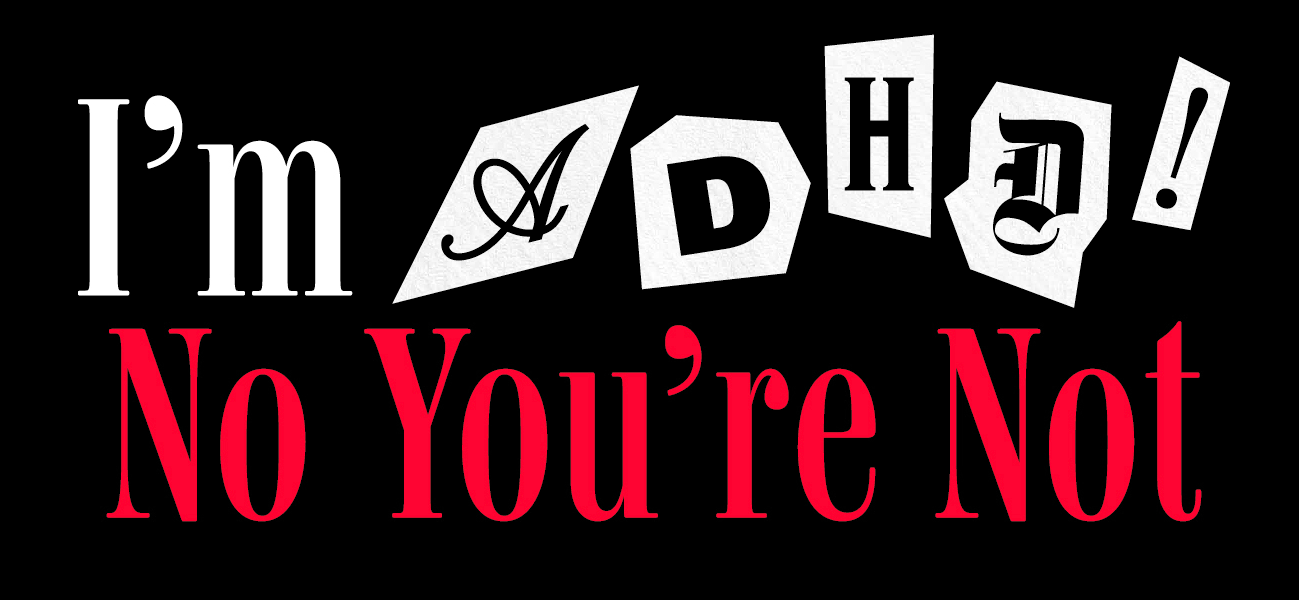Shorthand for self-stimulating behaviours, stimming refers to the repetitive behaviours that neurodivergent children and adults engage in, to help us feel calmer, less anxious, help us focus, and create – or release energy. The list of stimming behaviours is lengthy and unique to the individual, but some typically include:
Verbal/auditory – actions that produce sound or involve listening to repetitive noises. These behaviours include humming, singing, finger tapping, frequently clearing one’s throat or repeating words.
Oral stimming – chewing your gums (or is this just me?!), chewing on objects, such as pens, pencils, toys, food, clothing, sucking on fingers or nail-biting.
Olfactory or taste stimming – sniffing or smelling people or objects.
Tactile – involves touch, such as picking at the skin, hair twirling, or fidgeting with textured objects.
Visual/sight – involves interacting with and staring at spinning objects, switching lights on and off, or drawing/’’doodling’’.
Vestibular – refers to balance and spatial orientation. A few examples include rocking in a chair, tiptoeing, or head-tilting.

